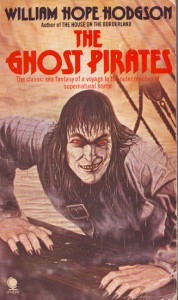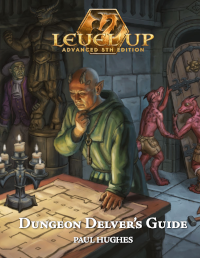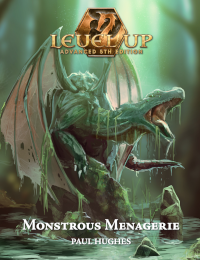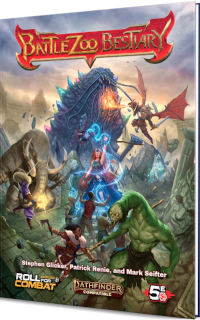Here’s an example of cross-pollination between D&D and pulp fantasy:
Roger Zelazny began his series of “Dilvish the Damned” fantasy short stories in 1964. Zelazny was influential on D&D: Gygax says that Zelazny’s Shadow Jack inspired the thief class, and Dilvish’s Elf Boots inspired the Boots of Elvenkind.
In Zelazny’s 1981 Dilvish the Damned story “Tower of Ice”, the influence seems to be going the other way:
Black completed the spell. They remained motionless for a brief while after that. Then: “That’s it?” Dilvish asked.
“It is. You are now protected through the second level.”
“I don’t feel any different.”
“That’s how you should feel.”
“Is there anything special that I should do to invoke its defense, should the need arise?”
“No, it is entirely automatic. But do not let that dissuade you from exercising normal caution about things magical. Any system has its weak points. But that was the best I could do in the time that we had.”
Maybe Zelazny re-invented the concept of second-level spells, but there’s no reason to think he did. And there’s no reason to think he should. An environment where authors are free to borrow from each other is one where they can build on each others’ work. A lot of D&D-influenced fantasy and fantasy-influenced D&D from the 80’s is kind of like the Chthulu Mythos in this way: written by multiple authors, but sharing so many genre assumptions and pieces of lore that they’re practically set in the same universe.
Now here’s something that Zelazny’s “Tower of Ice” can give back to D&D:
He had escaped from Hell itself, after two centuries’ torment. Most of the humans he had known were long dead and the world somewhat changed. Yet the one who had banished him, damning him as he did, remained–the ancient sorcerer Jelerak. In the months since his return, he had sought that one, once the call of an ancient duty had been discharged before the walls of Portaroy. Now, he told himself, he lived but for vengeance. And this, this tower of ice, one of the seven strongholds of Jelerak, was the closest he had yet come to his enemy. From Hell he had brought a collection of Awful Sayings–spells of such deadly potency as to place the speaker in as great a jeopardy as the victim should their rendering be even slightly less than flawless. He had only used one since his return and had been successful in leveling an entire small city with it. His shudder was for the memory of that day on that hilltop, rather than for the icy blasts that now assailed him.
Use Awful Sayings as a form of treasure for wizards. More powerful than spells, they can have campaign-level impications. Once memorized, an Awful Saying stays memorized until you use it – then it is gone forever.
Casting an Awful Saying requires a saving throw. Failure results in some terrible, random, Deck of Many Things-style misfortune happening to the caster and his friends.
Because these spells can only be used once, and they might backfire, they might provide a tantalizing form of temptation/resource management for the wizard.
Example Awful Sayings:
Raze City A city, or an area the size of a city, is completely blasted and destroyed.
Damn A single being is killed and sent to be tortured at the bottom of the Abyss for all eternity.











